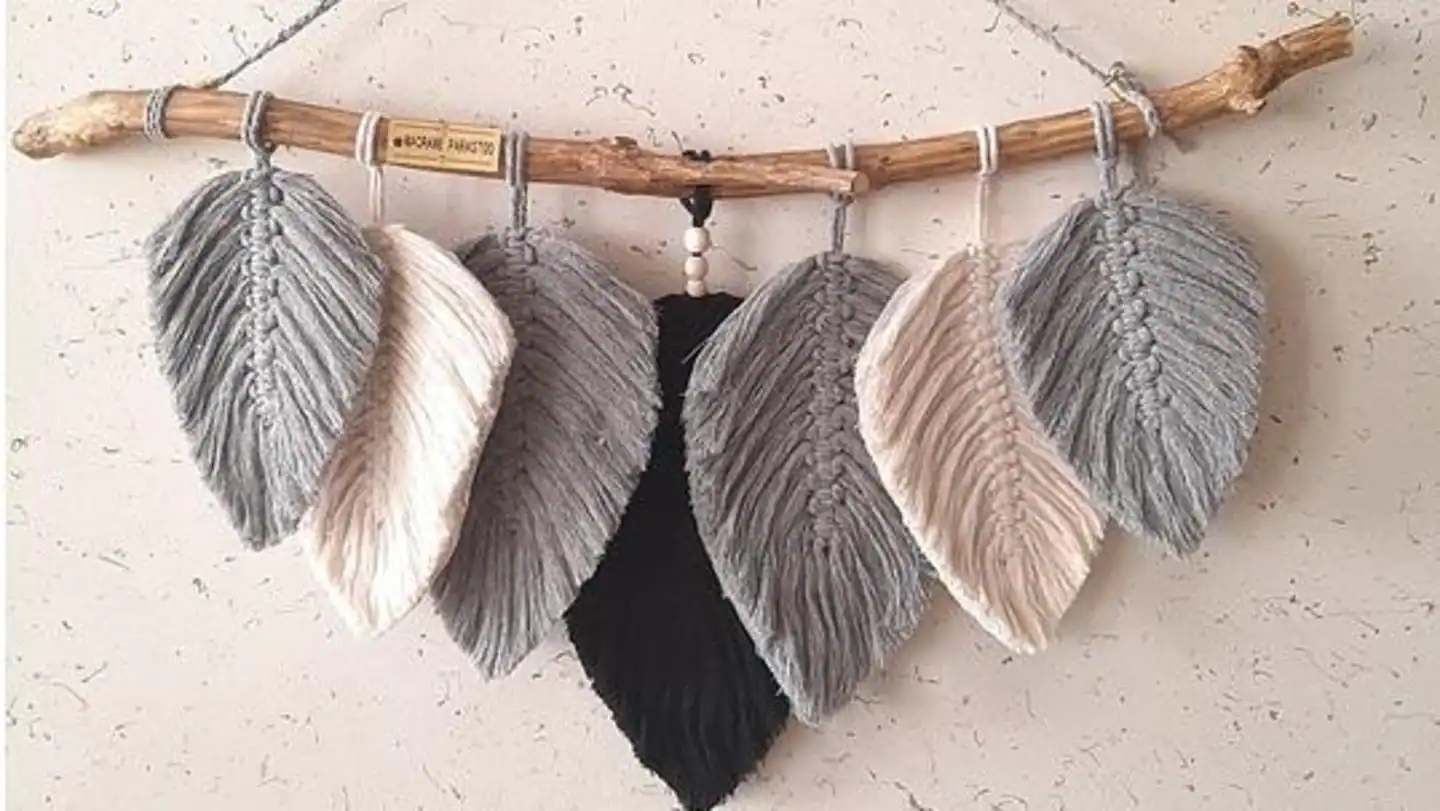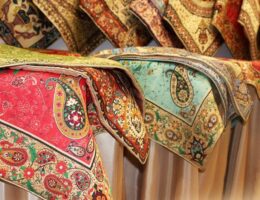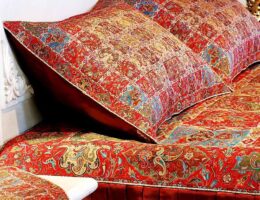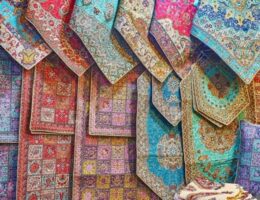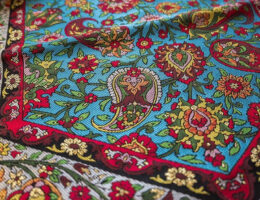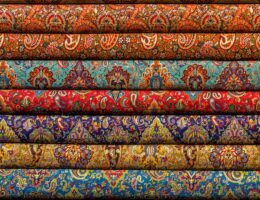IRAN ART EXHIBITION: MACRAME IS BACK TO YOUR HOME DESIGN AGAIN
Macramé is everywhere! You don’t have to look far for a workshop at a yoga studio dedicated to showing you how to weave together a knotty wall hanging, a drapey plant hanger or a small key chain. The combinations of boho and minimalist makes for a warm but chic look. If you’ve recently adorned your home with it, whether it was a DIY project (like this breezy macrame room divider), or picked up an already made piece at the flea market, your parents may be perplexed when they visit. How did this much maligned ’70s artifact find new life in the 21st century? They asked, we answered.
See, the thing about anything creeping back from ’70s decor is that it wasn’t a particularly thriving time for design. Entire rooms were dedicated to avocado green, from the carpet to the walls to the bedding, with splashes of harvest gold rounding it out. Yuck! And while those colors can stay in the ’70s, macrame is back, providing comforting texture to white walls, and contrasting swimmingly with lush green plants.
Macrame Defined
Macramé is a type of textile created using knotting techniques, as opposed to weaving or knitting. The knots are square and form full-hitch and double half-hitches. The craft required only inexpensive and accessible materials like cotton twine, hemp, leather or yarn, with various beads used to enhance the piece.
The first accounts of macramé are credited to 13th-century Arab weavers who used extra thread to create knotted decorative threads on handmade fabrics. Third-century China is also credited thanks to the pan chang knot—a series of loops that weave into infinity symbols to represent longevity. Sailors are also a major part of the craft’s beginnings in the Great Age of Sail, or the 1700s to about 1830, when they used the knots to dazzle-up their knives, bottles, and parts of the ship, while their knowledge of different types of knots were used to barter intel!
The ’70s took the ornate rope work mainstream, when macramé became a popular textile that turned into tassels, placemats, plant slings in the corner, picture frames, hammocks, wall hangings and even bikinis.
IRAN ART EXHIBITION: While the popularity fizzled out after the ’70s, a renewed interest was recently sparked in DIYing tutorials on YouTube and bloggers’ personal sites.
Apartment dwellers find macramé particularly pleasing for its ability to transform the many hanging house plants throughout their space as an answer to the lack of a yard, and a means for bringing the outside in with more and more buildings popping up and trees being cut down (you should check out this indoor hanging herb garden, too).
So the next time your parents wonder why you’ve gone macramé crazy, you can nod to the rich history of centuries past for inspiring your craft attack.
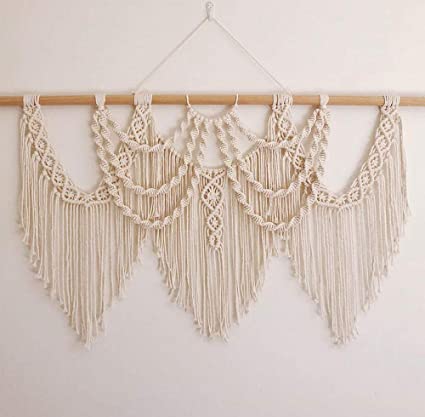
WHAT IS THE DIFFERENCE BETWEEN WEAVING AND MACRAME?
One difference I’ve noticed is that weaving has vast options to experiment with techniques while macrame is more simple using basic techniques that draw out creativity in composition not methods.
WHAT YARN IS USED FOR MACRAME?
The yarn you use for macrame is called macrame cord. You can use various materials such as cotton twine, hemp, leather or yarn, you can even.
WHAT MATERIALS DO YOU USE FOR MACRAME?
IRAN ART EXHIBITION: A versatile form of fiber art, macramé can be used to make everything from wall hangings and plant hangers to jewelry, purses, and even clothing items. Using simple materials like cotton twine, jute, hemp, or yarn, macramé can be as simple or complex as the crafter would like.
WHERE IS MACRAME FROM?
Macramé was a specialty of Genoa, where, in the 19th century, towels decorated with knotted cord were popular. Its roots were in a 16th-century technique of knotting lace known as punto a groppo. In the 1960s macramé became a popular craft and creative art technique in America and in Europe.
